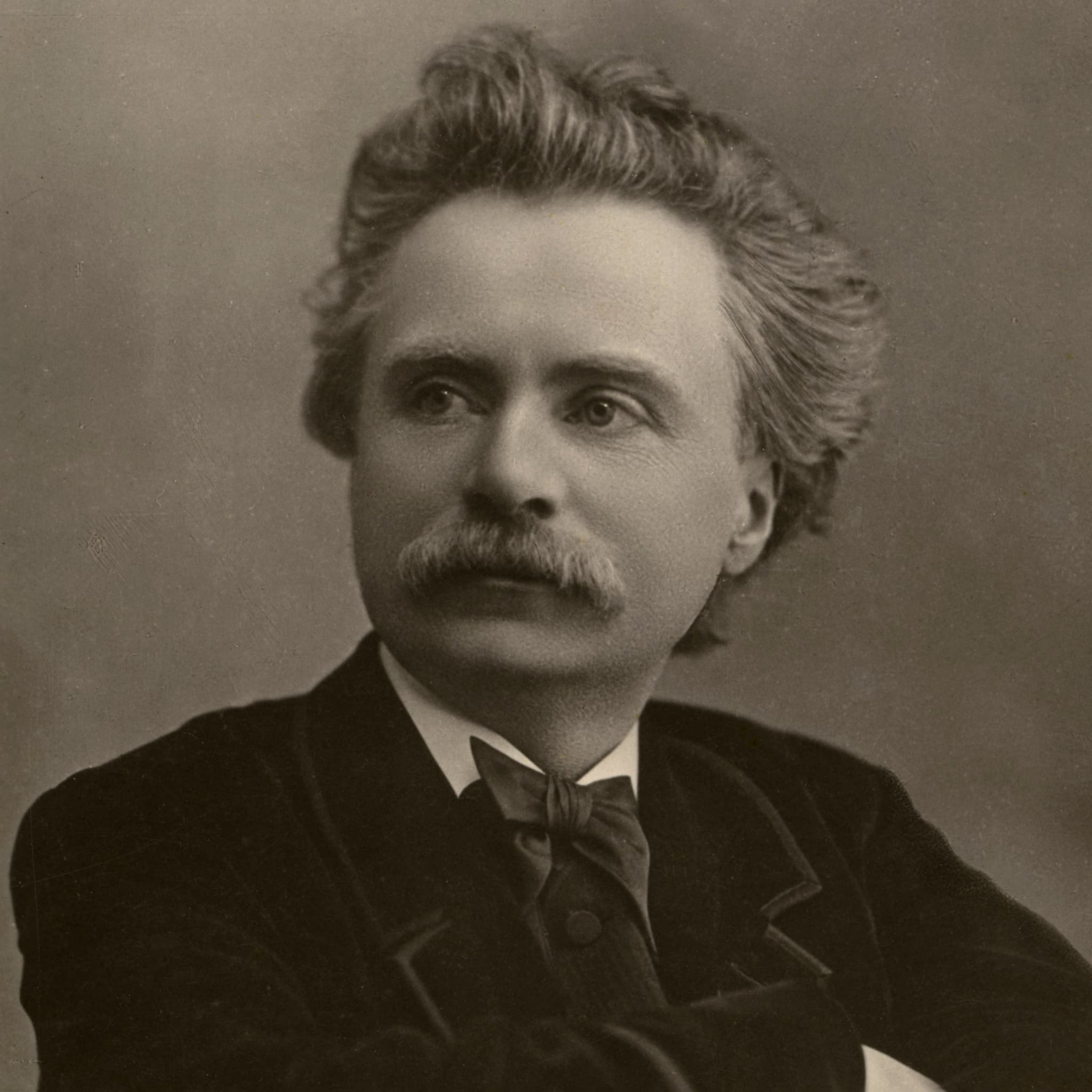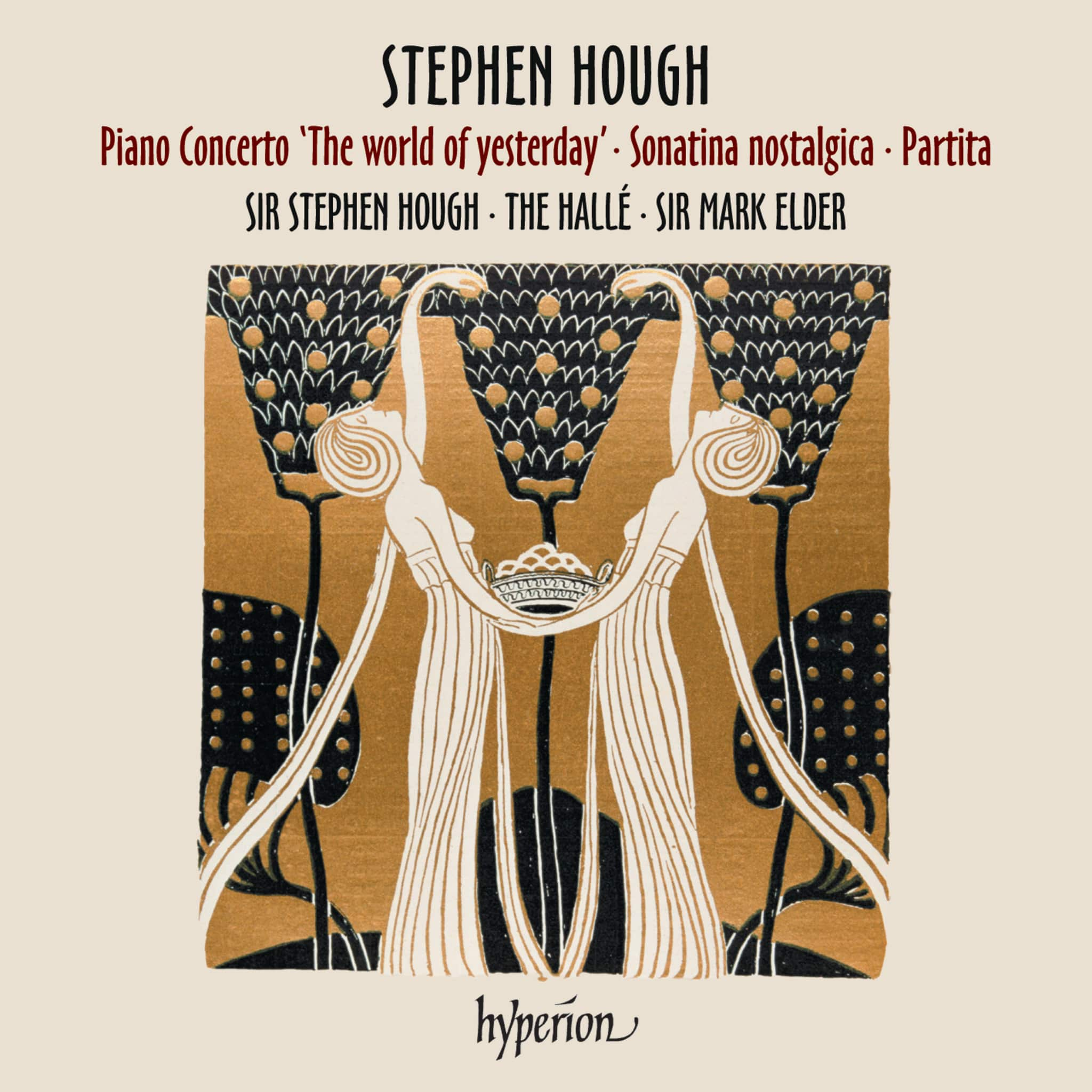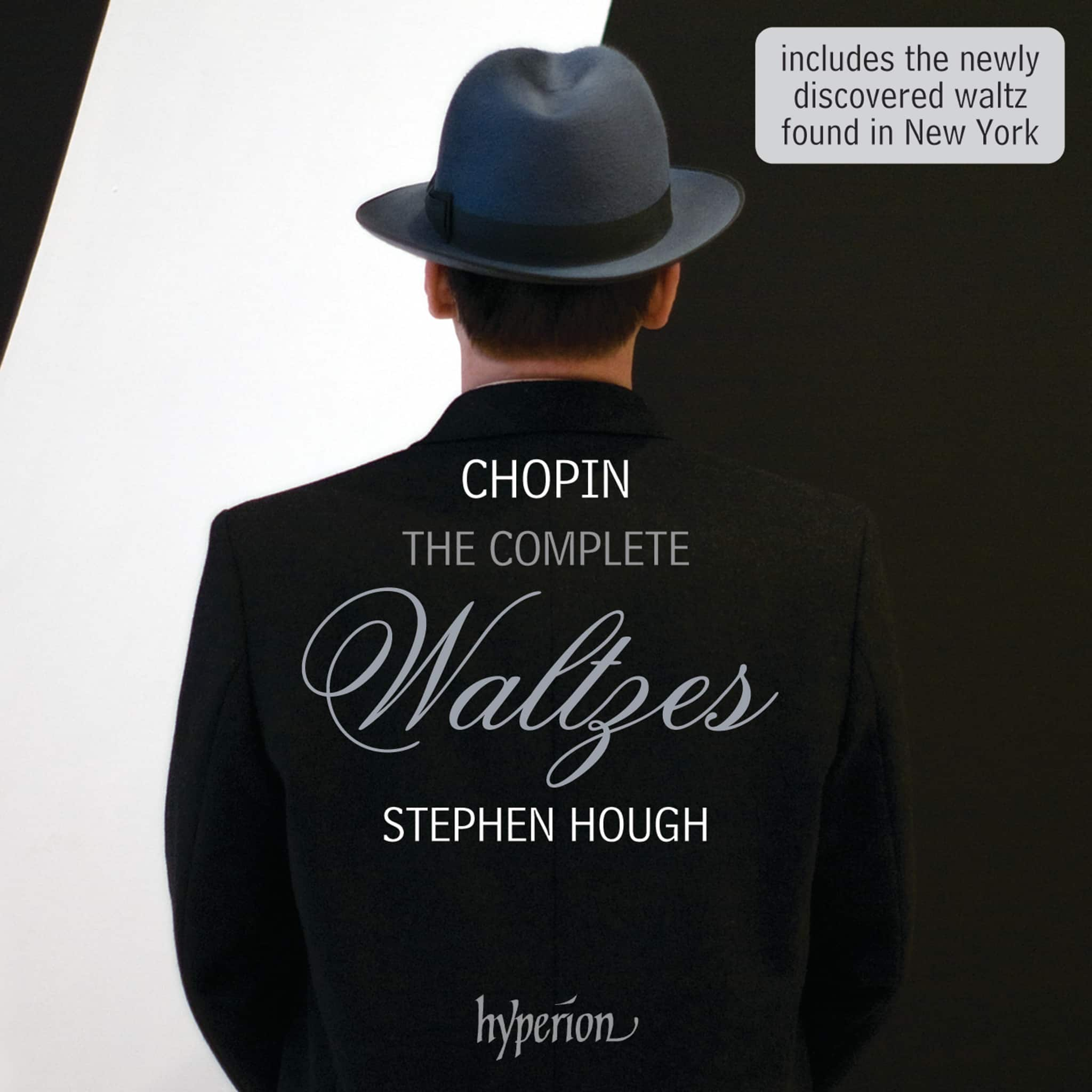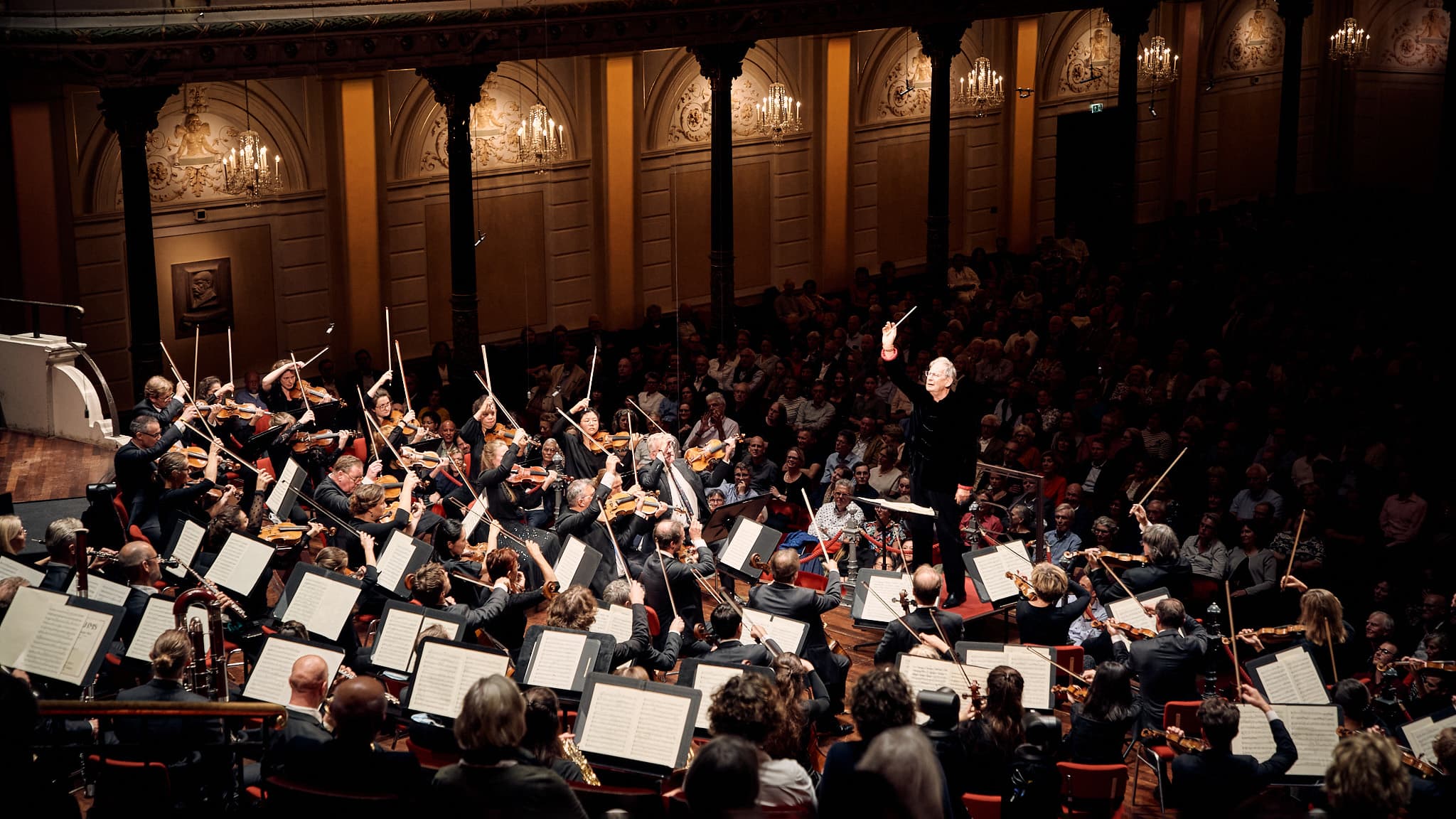Album insights
In popular mythology, Haydn's name is less associated with the piano sonata than with the string quartet or symphony. Despite being a competent pianist, Haydn admitted that he was not a "magician" on the piano. However, the piano played a central role in his creative process. Haydn would start his days by experimenting on the harpsichord, clavichord, or fortepiano, composing extensively for keyboard instruments throughout his adult life. His keyboard compositions began with pieces for the harpsichord during his early years in Vienna for his aristocratic students and culminated in the three major sonatas inspired by the Broadwood instruments he encountered in London.
Most of Haydn's over sixty sonatas are often relegated to teaching material, with only a few being recognized and performed by pianists. These sonatas effectively showcase the evolution of the classical sonata, embodying Haydn's musical language from light divertimenti to more individualistic compositions influenced by C.Ph.E. Bach and leading up to the grand works intended for public performances in London.
Haydn's Sonata No. 46 in A-flat major, composed around 1767-68, reflects a heightened sensitivity akin to Emanuel Bach's style. This piece represents a significant intensification in Haydn's musical language following his promotion to first Kapellmeister in 1766. The sonata unfolds with a sensitive theme marked by irregular phrasing and delicate ornamentation, exhibiting a profound sense of expression and structural diversity.
Moving to the Adagio in the subdominant key of D major in the 18th century, Haydn's sonata exemplifies an intimate expression supported by delicate counterpoint and expressive harmonies. The polyphonic and chromatic elaborations in the development section allude to a more introspective J.S. Bach influence, with the finale resolving physical tension through its catchy, mercurial main theme.
The Sonata No. 43, published in London in 1783 but likely written a decade earlier, is a less consequential work showcasing Haydn's gallant style. The monothematic first movement exudes charm but lacks the adventurous spirit often found in Haydn's compositions. The lively Presto finale stands out as the most Haydnesque movement, combining elements of rondo and variations with a whimsical flair.
Two sonatas featured in this collection, No. 23 and No. 24, were composed in 1773 and are characterized by their galant style and sophisticated drama. The F major Sonata No. 23 opens energetically, interspersing brilliant toccata-like passages with occasional minor excursions, leading to a playful finale that cleverly varies a contradance theme.
Haydn's productivity in piano sonatas waned during the 1780s due to other compositional commitments, resulting in a collection dedicated to Princess Marie Hermenegild Esterházy. These delicate works, such as Sonata No. 40 with its playful variations, showcase a blend of complexity and light-heartedness indicating Haydn's compositional ingenuity.
The final sonatas, including Sonata No. 50 in C major, represent a pinnacle in Haydn's piano repertoire, marked by thematic concentration and innovative harmonic explorations. These compositions demonstrate a maturity and depth seldom found in his earlier works, culminating in bold, visionary sonatas that transcend the boundaries of traditional composition.
Haydn's journey in piano sonatas, from early galant works to his groundbreaking compositions in London, highlights his evolution as a composer and his ability to innovate within the confines of classical forms.








